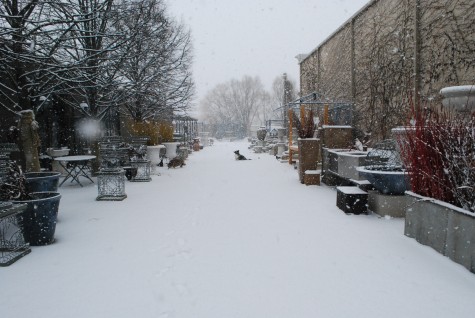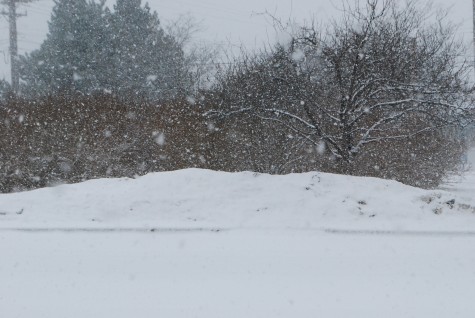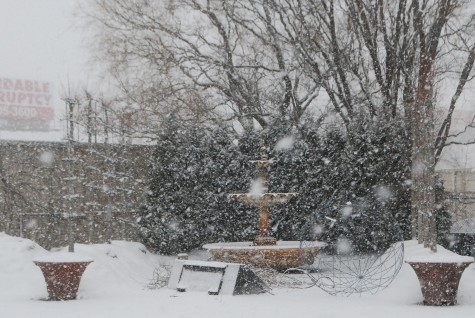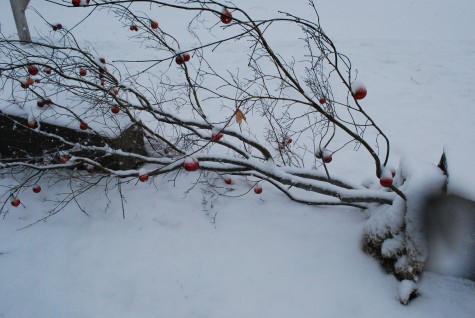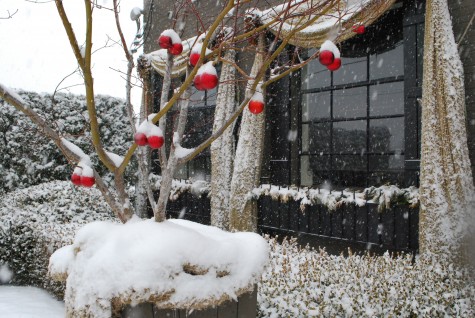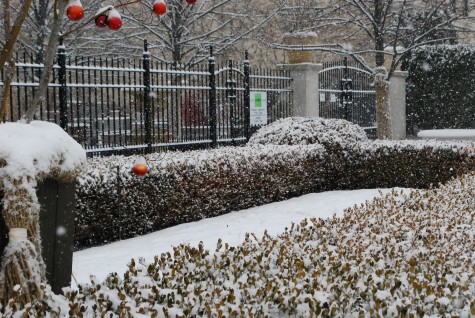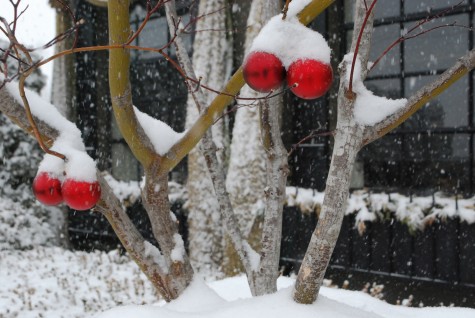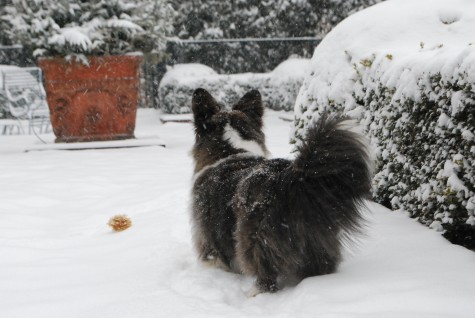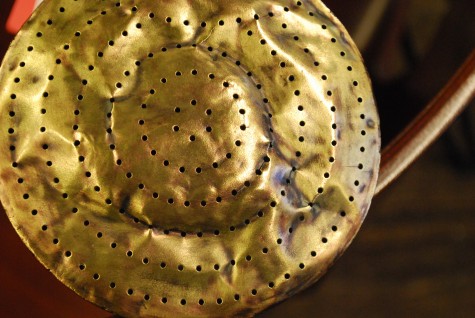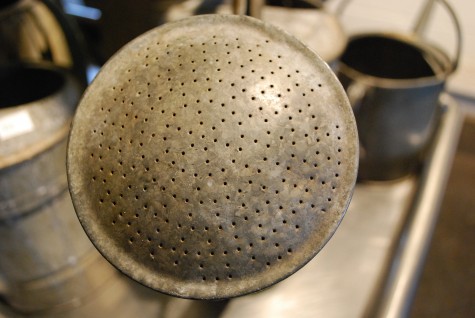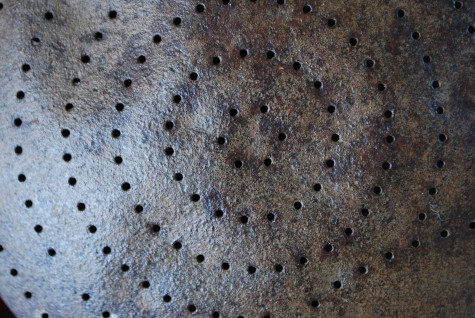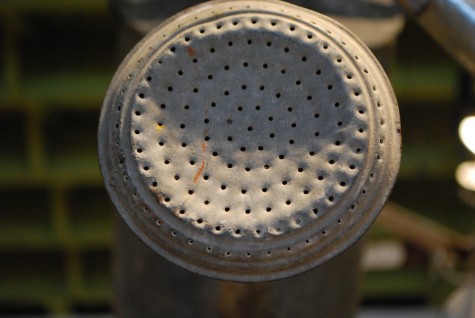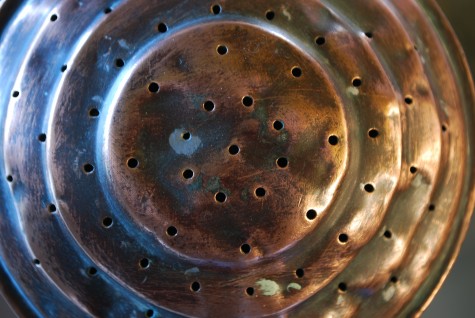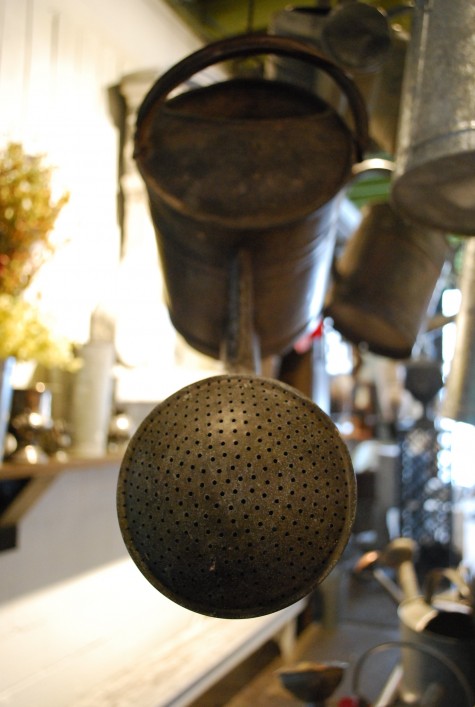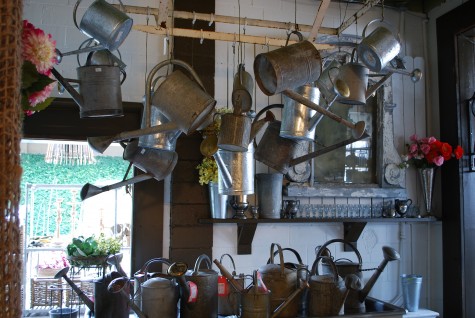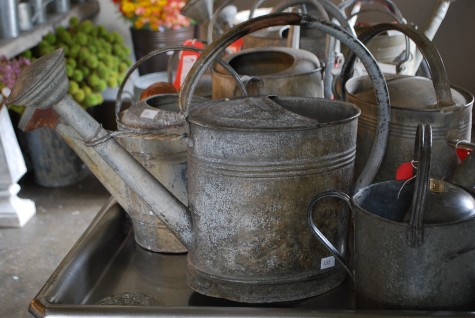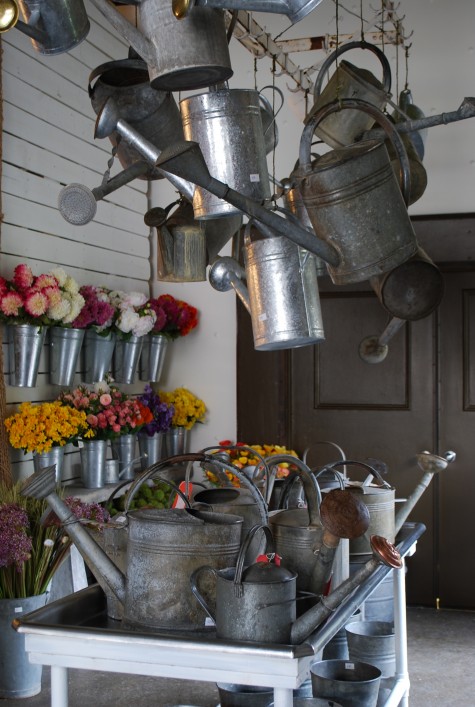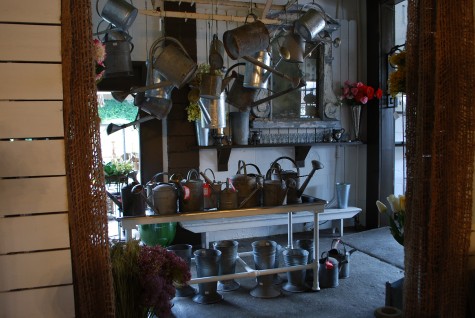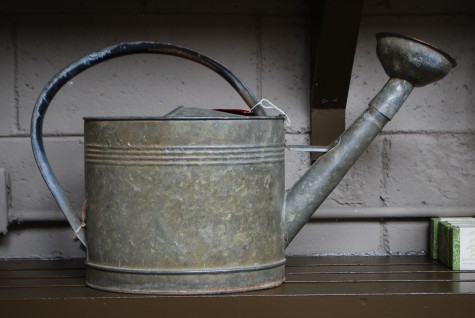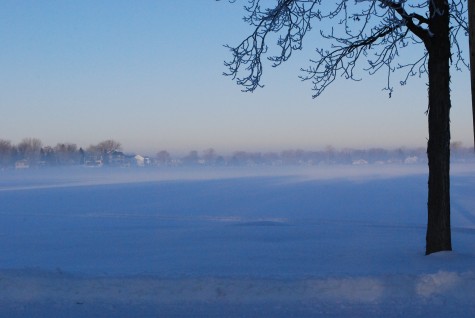 Rob called me at home early this morning with a weather alert. A spectacular hoarfrost had built up at his house overnight; in minutes I was on my way. As a result, I have a much better understanding of why people so prize lake living. I have had lots of clients with lake properties. They are an amazingly homogeneous group. Nothing in the landscape must obstruct even a fraction of the view. Every element in the landscape must be subordinate to, and in celebration of that view. Some lake communities have specific ordinances that restrict any obstruction of the view. Rob has no lake front, but he does have a beautiful lake view. Lake properties are highly prized and expensive. Today reminds me why that is. This morning, the fog hovering over the water and the frost on the lake front trees-spectacular. I am also seeing why a lake environment demands a very specialized design discussion.
Rob called me at home early this morning with a weather alert. A spectacular hoarfrost had built up at his house overnight; in minutes I was on my way. As a result, I have a much better understanding of why people so prize lake living. I have had lots of clients with lake properties. They are an amazingly homogeneous group. Nothing in the landscape must obstruct even a fraction of the view. Every element in the landscape must be subordinate to, and in celebration of that view. Some lake communities have specific ordinances that restrict any obstruction of the view. Rob has no lake front, but he does have a beautiful lake view. Lake properties are highly prized and expensive. Today reminds me why that is. This morning, the fog hovering over the water and the frost on the lake front trees-spectacular. I am also seeing why a lake environment demands a very specialized design discussion.
 The temperature at 7 am-1 degree. The pin oak in his front yard was clothed in spicules of ice. I know this sounds creepy, but it was incredibly beautiful. The bark of the tree was even colder than the air, as it was loosing heat like crazy. The warmer wet air around those branches condensed on every surface. A large and lacy coating of ice was a first time in person hoarfrost weather event for me.
The temperature at 7 am-1 degree. The pin oak in his front yard was clothed in spicules of ice. I know this sounds creepy, but it was incredibly beautiful. The bark of the tree was even colder than the air, as it was loosing heat like crazy. The warmer wet air around those branches condensed on every surface. A large and lacy coating of ice was a first time in person hoarfrost weather event for me.
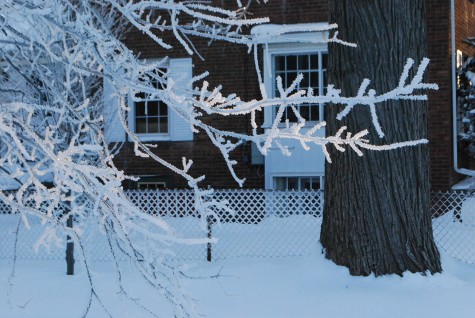 Even the chain link fence was coated in frost. Chain link fence ordinarily reads dark in a landscape, much like a window screen. Even though most screens are bright galvanized metal, they appear dark, and permit a view through. The pattern of this fence is graphically rendered in white-visually graphic, and new. How rare to see the dark and delicate branches of trees thickly rendered in white.
Even the chain link fence was coated in frost. Chain link fence ordinarily reads dark in a landscape, much like a window screen. Even though most screens are bright galvanized metal, they appear dark, and permit a view through. The pattern of this fence is graphically rendered in white-visually graphic, and new. How rare to see the dark and delicate branches of trees thickly rendered in white.
 The lake effect-I have a picture. This hedge of carpinus tells the story. Those trees open to the lake are covered with frost. Those trees sheltered by the house have none. Anyone who designs formally in long runs has lots of issues to consider. Do the soil, light, or exposure conditions exist equally start to finish? Maybe not. The patience to grow hedges level with the horizon, the skill to cultivate them for a uniform effect-a job for a committed gardener. The variation I see here-I have seen it in countless other forms. This hedge-challenged by nature. I would expect to see a different pattern of growth based on the level of exposure to the lake.
The lake effect-I have a picture. This hedge of carpinus tells the story. Those trees open to the lake are covered with frost. Those trees sheltered by the house have none. Anyone who designs formally in long runs has lots of issues to consider. Do the soil, light, or exposure conditions exist equally start to finish? Maybe not. The patience to grow hedges level with the horizon, the skill to cultivate them for a uniform effect-a job for a committed gardener. The variation I see here-I have seen it in countless other forms. This hedge-challenged by nature. I would expect to see a different pattern of growth based on the level of exposure to the lake.
 These lilacs in Rob’s yard screen him from his lake front neighbor. I would be hard pressed to decide if these lilacs in bloom are better looking than this winter rendition. As much as I dislike the winter, these branches coated with frost were incredibly beautiful. Beyond the beauty, the wind and weather that comes off a lake can be very tough on plants.
These lilacs in Rob’s yard screen him from his lake front neighbor. I would be hard pressed to decide if these lilacs in bloom are better looking than this winter rendition. As much as I dislike the winter, these branches coated with frost were incredibly beautiful. Beyond the beauty, the wind and weather that comes off a lake can be very tough on plants.
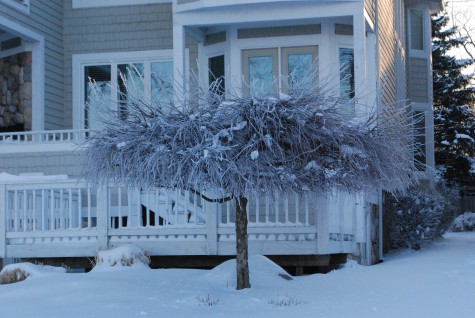 This horizontal and wild thatch of stems on an ornamental tree-enchanting. Identifying the tree would add nothing to the discussion. What would add? In my zone 4-5, the winter appearance of the landscape is equally as important as the summer. Bare branches and ice have their day-as they did today. If this tree belonged to me, on this day, I would be delighted.
This horizontal and wild thatch of stems on an ornamental tree-enchanting. Identifying the tree would add nothing to the discussion. What would add? In my zone 4-5, the winter appearance of the landscape is equally as important as the summer. Bare branches and ice have their day-as they did today. If this tree belonged to me, on this day, I would be delighted.
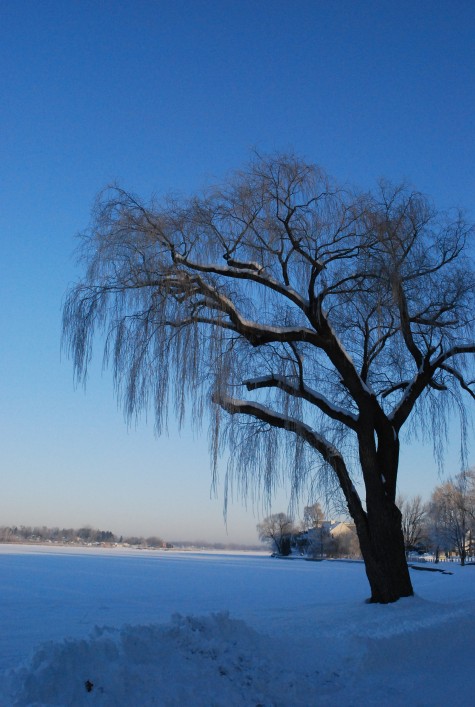
The old willows on Sylvan Lake were much more astonishing than this photograph suggests. I am sure the stub ends of these giant branches were created in a strong storm. The thin branches were so coated in frost, they just about described the meaning of vertical. The larger Sylvan Lake view this morning-I understand what it means to have a long and wide view of a natural phenomenon. The lake effect-substantial. From my kitchen window, I have an excellent winter urban view of M-59. I have a pair of dogwoods planted just outside these windows for good reason.
 Everywhere and anywhere the sun struck the willows, the frost melted. These upper branches are yellow, and yellowing up more and more as spring approaches. The lower branches, frost laden. As much weather as I have been exposed to, a view like this was a first.
Everywhere and anywhere the sun struck the willows, the frost melted. These upper branches are yellow, and yellowing up more and more as spring approaches. The lower branches, frost laden. As much weather as I have been exposed to, a view like this was a first.

Almost every day of all of the years that I have been a gardener, and a landscape designer, I see something new. I regularly experience something I neither planned for or anticipated. How great is this?
